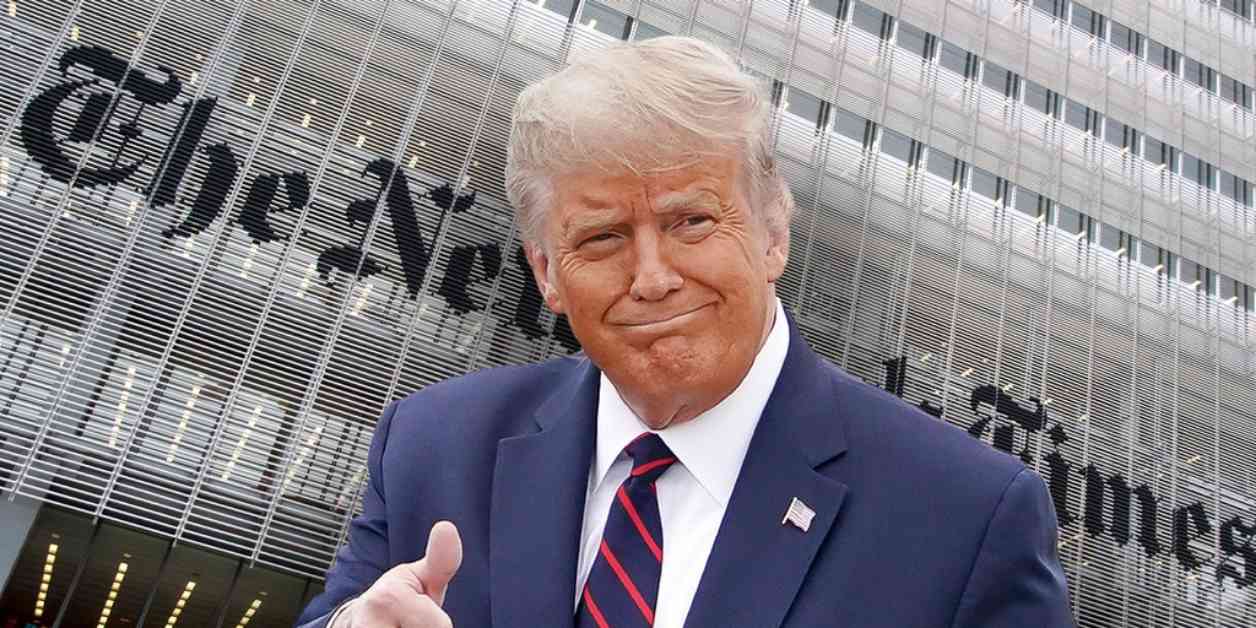The New York Times recently published a critical guest essay on former President Trump by opinion writer Elizabeth Spiers. Spiers referred to Trump as an “illiberal megalomaniac” who poses a threat to American democracy. The piece was likely commissioned before Trump survived an assassination attempt at a campaign rally in Pennsylvania.
Spiers highlighted the need for Democrats to move away from idealized portrayals of politics, such as those seen in the TV show “West Wing,” and instead face the harsh reality of today’s political climate. She emphasized that partisan animosity is deep-rooted and often influences voters’ decisions more than policy disagreements.
The article also mentioned a previous editorial by The New York Times denouncing Trump as “dangerous” and unfit for office. Despite facing an assassination attempt that left one rally attendee dead and two critically injured, Trump was discharged from the hospital and made an appearance at the Republican National Convention.
The FBI identified the shooter as Thomas Matthew Crooks, a 20-year-old from Pennsylvania, who was killed by the Secret Service. Trump’s defiant response to the attack, raising his fist and urging to “fight,” was met with cheers from his supporters.
As the political landscape continues to be tumultuous, Spiers’ essay serves as a reminder of the challenges faced by both Democrats and Republicans in navigating a divided nation. With the upcoming elections, the focus has shifted from policy debates to negative partisanship, where voters are driven to the polls by their opposition to the opposing candidate rather than support for their own.
The New York Times’ publication of critical pieces on Trump reflects the ongoing debate surrounding his presidency and its impact on American democracy. While opinions may vary, the intense political climate underscores the need for a more nuanced understanding of the complex issues at play. As the nation prepares for the upcoming elections, the aftermath of the assassination attempt serves as a stark reminder of the deep divisions that exist within the American political landscape.




